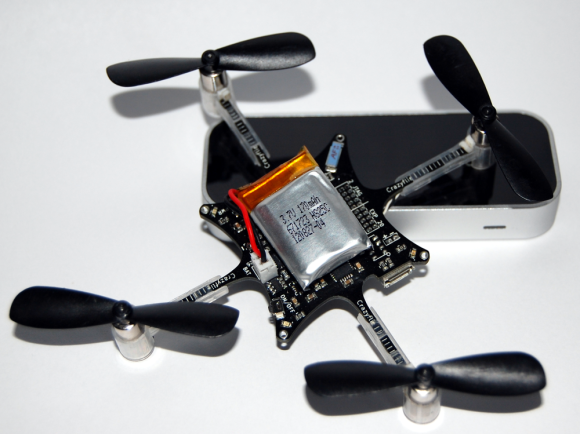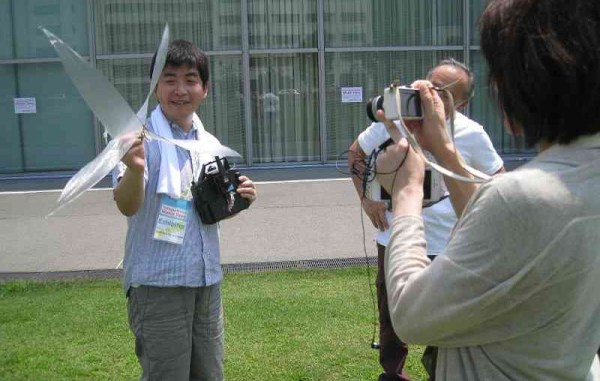
This is a look at the brain surgery which [Tim] performed on a Happy Meal Toy. The McDonald’s package meal perk comes with one of several different Despicable Me 2 characters. But [Tim] wasn’t a fan of this one since you had to blow in it to make noise. He grabbed a 555 timer and added his own circuit to the toy which turns it up to 11 (seriously, turn your volume down before playing the video).
Disassembly includes removing a screw which needs a 3-sided screwdriver (protip: use a bench grinder and a cheap screw driver to make your own). There’s also some prying to get into the skull and then its time to work on the slide whistle. The blue tube is a regular slide whistle which you blow into from the back and pull on the red goo to change the pitch. [Tim] added a photoresistor to the mouthpiece and an LED on the slide. Moving the light source changes the intensity which is one of the adjustments to make 555 circuit howl.
We love the Happy Meal toy hacks because they seem so visceral. A couple years ago it was parts harvesting from Avatar toys. which in turn inspired a tripwire hack with a Penguin toy.
Continue reading “Hacking McDonald’s Minion Toy To Be An Electric Slidewhistle”
















